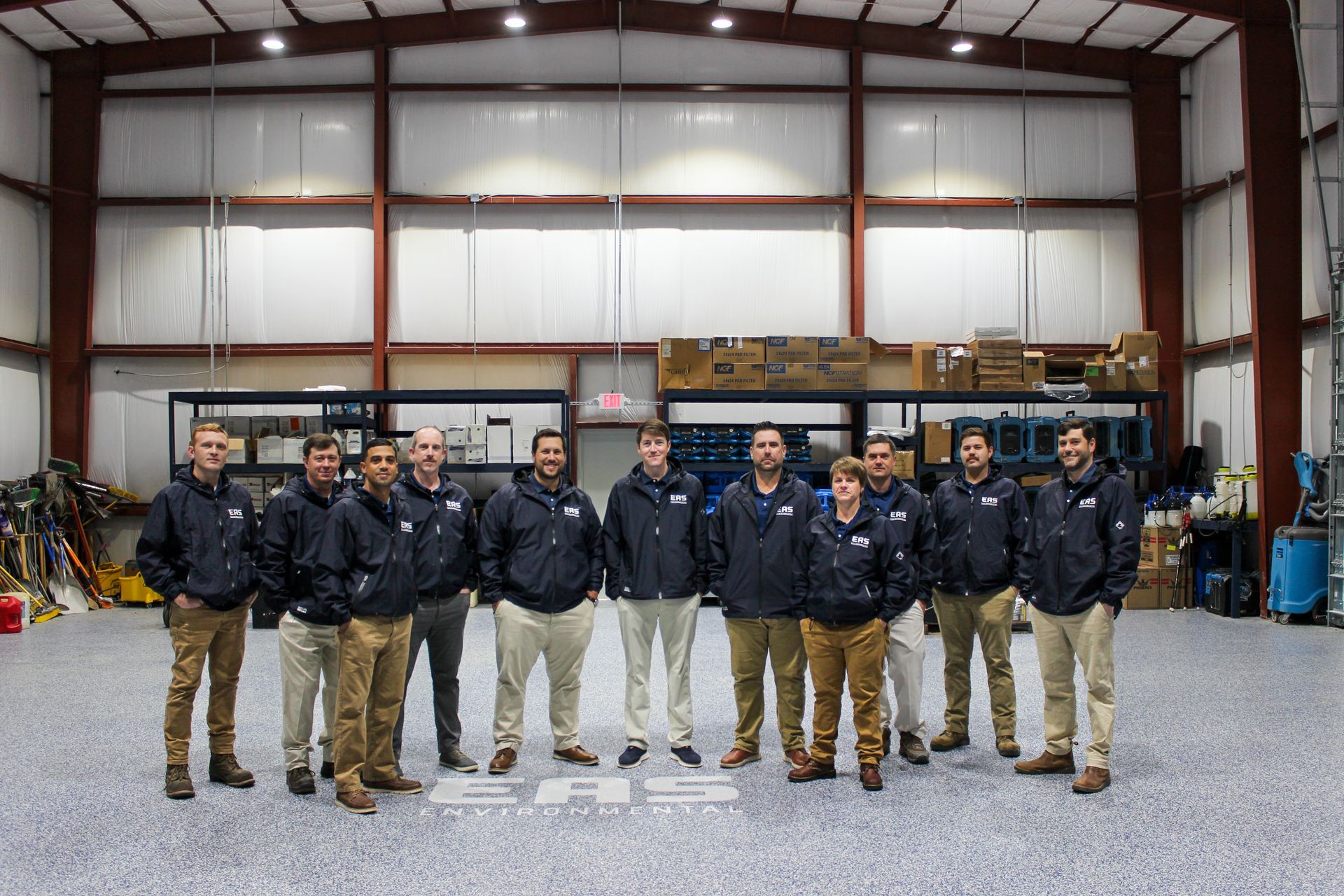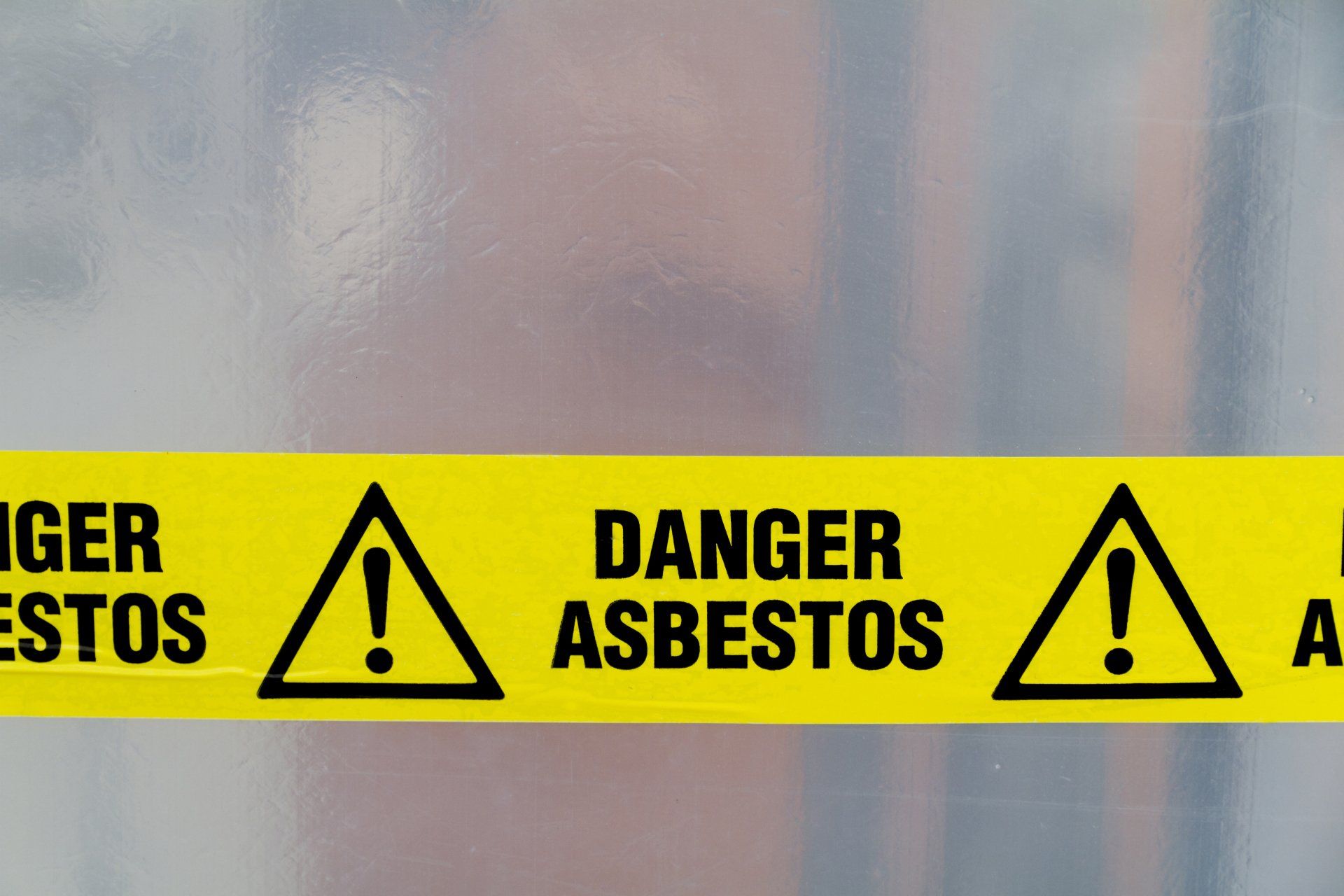
EAS Environmental is an asbestos removal company servicing the greater Charleston, SC area. We offer complete removal services of asbestos containing materials in both residential and commercial properties. Asbestos removal is an important step in the remodeling process as it is a known carcinogen. Asbestos was used widely in commercial and residential construction, but it has been banned since 1989 because of its danger to human health. As asbestos is so small, it can easily be released into the air where you breathe if not removed properly. If you have asbestos in your home or office, proper asbestos removal is important to keep you and others safe. Asbestos abatement is a multi-step process that includes inspection, containment, air monitoring and clean up. Asbestos abatement technicians are required to wear protective gear throughout the entire process.
Does Your Structure Contain Asbestos?
It is unfortunate that older buildings are at risk of asbestos exposure. This material was typically used for ceilings, walls, and roofing materials in the past. Sadly this can lead to many health dangers such as mesothelioma - a type of cancer where one's lungs fill with fluids or scar tissue over time from inhaling dangerous particles found in asbestos fibers. If you notice any signs or presence if possible call an expert company who will take care of it properly so family members and employees do not get sick by coming into contact with these harmful substances during building alterations, demolition etcetera!
What is Regulated?
Federal and state asbestos regulations do not apply to work in home buildings with four or fewer units of living space. Regardless, every homeowner seeking removal services must follow all applicable rules that pertain specifically to this type of building.
The law is made for commercial, public or industrial buildings - but the small number of homes does not exempt them from these laws nor their potential consequences if they are violated! Asbestos removal laws are in place for the protection of homeowners and may be enforced when needed. As a consumer, you should be familiar with these regulations to ensure your contractors comply with them.
Asbestos Removal Guidelines: Asbestos may not be disturbed or removed without special certification of asbestos work activities that have been approved by the Environmental Protection Agency (EPA). Asbestos removal must be done by certified asbestos contractors. Asbestos-containing material (ACM) may not be disturbed or removed except by persons specifically trained in approved federal Asbestos Worker Plans and Asbestos Contractor Licenses.
Asbestos Removal Equipment: Asbestos removal must be performed by EPA-approved methods. Asbestos containing materials that are friable or easily crumbled, pulverized, or reduced to powder by hand pressure may be removed only by wet methods using water or steam. Asbestos materials that are non-friable and can be safely cut, chipped, ground, or otherwise machined with commercially available equipment may be removed using dry methods. Asbestos material that is not easily crushable (such as asbestos pipe insulation) may be removed without wetting or enclosing the material.
Presence of Asbestos
Thanks to its fiber resistance and strength of fibers, asbestos has been used in a series of other building materials such as siding, flooring tiles, and ceilings. Older structures are often more likely to contain large amounts of this substance than newer ones which is why it's important that you know how widespread the use was at the time when your home or office space was built.
Asbestos-containing products account for about 10 percent today (compared with 60% four decades ago) due largely because new safety precautions have limited exposure risk while still allowing builders flexibility in their product choices. Asbestos is still used in other areas though and you should take note if the following come into your possession:
How Asbestos Exposure Occurs
Asbestos exposure can occur through contact with asbestos-containing materials. Asbestos fibers become airborne and may be inhaled. As a result, anyone entering an area where there are asbestos products has a risk of exposure. Asbestos fibers can be released, creating a serious health hazard when asbestos-containing materials deteriorate or are damaged through improper handling and asbestos fibers become airborne. Asbestos-containing material may also be released into the environment during demolition and renovation of non-residential buildings containing them. Asbestos testing should be conducted before any renovations occur in buildings containing asbestos. Asbestos is a common component of drywall joint compounds and some insulation materials. Asbestos exposure can occur when these products become damaged or deteriorated as a result of normal wear and tear, pest infestation, or other events, such as a fire where it may be released into the air. Asbestos regulations in the US Asbestos were not regulated in the United States until 1971, despite being banned in other countries since 1900. As a result of serious health risks from asbestos exposure, most states are now affected by Asbestos-related laws and regulations that restrict its use and mandate regular inspections to ensure this substance is handled properly and safely.
Reduce Asbestos Exposure
The owners of a regulated building must complete the task with asbestos removal contractors before any renovations or demolition activities. These laws vary by state and federal governments, so be sure to follow them if you want your home to remain safe from airborne particles and personal exposure hazards! Asbestos is an excellent insulator, and building contractors used to use it in the construction of just about everything. Asbestos was made into roofing, wall insulation, floor tiles, vinyl sheeting, cement pipes and shingles, and even gaskets for exhaust fans. Asbestos is also a very durable material! Asbestos removal companies in Charleston, SC like us here at EAS Environmental can work with you to determine which materials in your home contain asbestos. Asbestos removal contractors don't necessarily need to remove asbestos from every surface! As long as the asbestos content is less than 1%, it is considered safe for installation.
People at Greatest Risk for Health Effects from Asbestos
Contractors who violate health-protection regulations for asbestos are also most susceptible to diseases related to the substance. Who has an increasing incidence of serious health problems caused by asbestos over a period of time, such as lung cancer or other respiratory illnesses.
Many types of symptoms can take several years to develop following exposure; one example is contracting mesothelioma in their lungs, which has been known to happen more often than normal among contractors and those working around this hazardous material on a daily basis due to its persistence in your body after being inhaled into the lungs from overexposure through activities like cutting pipes containing it without protective gear.
Asbestosis Symptoms
Asbestosis is a lung disease that becomes noticeable after 20 years of asbestos exposure. Asbestos fibers can cause shortness of breath, dry cough and swelling in the neck or face. There are several treatment options to help relieve symptoms and improve breathing ability such as steroids, drugs for controlling asthma-like bronchitis and antibiotics for pneumonia. Asbestosis can be life-threatening when it causes a blockage in the airway and the patient requires hospitalization. Asbestosis is usually milder than asbestos lung cancer, Aspergillosis and Mesothelioma.
Asbestos Lung Cancer Symptoms
People who smoke cigarettes are at an especially high risk of developing Asbestos Lung Cancer as well as Asbestosis. Asbestos-related lung cancers are rare in non-smokers but tend to occur earlier in life than regular lung cancers. Asbestos Lung Cancer symptoms are similar to those of Asbestosis, and Asbestos Lung Cancer treatment is also similar.
Asbestos Mesothelioma Symptoms
Mesothelioma is a type of cancer that affects the thin tissues surrounding organs like the lungs, heart or abdomen. Asbestos is the most common cause of Mesothelioma. Asbestos fibers can remain in the body for a very long time, Asbestos mesothelioma symptoms are difficult to detect and may be delayed for several years.
Relieving Asbestosis Symptoms
Despite our best efforts to alleviate symptoms, there is still no cure for the deadly disease asbestosis. Doctors recommend several treatment options including medications such as cough suppression and pain relievers in addition to dietary changes that can help patients feel more comfortable with their condition. There are also some lifestyle adjustments a patient should take care of when dealing with this ailment which include using inhalers or supplemental oxygen if needed until they're feeling better again.
Pulmonary Rehab
With pulmonary rehabilitation, patients are taught new breathing strategies and methods of managing stress. These exercises can help increase energy levels as well as strengthen exercise performance - leading to improved survival rates and quality of life for those with this condition. Asbestosis is a progressive disease so the sooner you're diagnosed, the better chance you have of relieving some of the symptoms!
Palliative Treatment
Palliative treatment is a way to reduce the most common symptoms of asbestosis, which are coughing and shortness of breath. There are two non-invasive surgeries that can help with this: thoracentesis and pleurodesis. Both of these operations are performed on the lungs and thoracic cavity to help alleviate symptoms. When pleurodesis is conducted, a needle is inserted into the lung's lining to release water which leads to less pain when coughing. As for thoracentesis, it involves draining fluids from around the lungs to reduce pain.
Lung Transplant
In the event of severe cases of asbestosis, doctors are sometimes forced to recommend lung transplants. These surgeries typically come with one-year survival rates of around 80%. Although they're often viewed and used as last resort treatment due to their aggressive nature, this surgery has proven successful in saving many lives. As with all surgeries, there are risks involved including infections and side effects due to medication, so doctors encourage patients to speak with their surgeon if they're interested in this type of treatment.
Asbestos Poisoning - 5 Warning Signs
#1 Shortness of Breath
Breathing difficulties can be one of the first signs that you inhaled asbestos fibers which may have caused scar tissue to form in your lungs. Asbestosis will make it difficult for you to breathe and shortness of breath is a sign this condition has taken effect.
#2 Swollen Fingertips
Stiff, swollen fingers is a tell-tale sign of asbestosis. Known also as clubbing, when the fingertips appear broader and rounder in addition to other symptoms like difficulty breathing or swallowing fluids, this type of asbestos-related condition can be fatal if not treated quickly enough.
#3 Fatigue
Fatigue is a feeling of exhaustion. It can be difficult to determine when it's just because you feel tired after sleeping or if your fatigue has other triggers, such as smoking cigarettes and asbestos exposure. Many people who have mesothelioma also experience extreme fatigue among many symptoms that are similar to more common conditions like lung cancer or COPD (chronic obstructive pulmonary disease).
#4 Wheezing
Wheezing is a symptom of inflammation that can cause whistling sounds when you breathe deep. For those who don't smoke, wheezing may be an indication they have been exposed to asbestos..Asbestos can cause scarring in the lungs, which leads to inflammation and wheezing. These symptoms will become more noticeable when you are under stress or as you age. Asbestosis can also cause chronic respiratory illnesses that lead to wheezing.
#5 Persistent Dry Cough
Asbestos may not cause a cough for decades after initial contact. In fact, 40 years later you could still develop one and have the doctor shake their head in dismay as they tell you that it's caused by scar tissue from your lungs getting irritated with age. As asbestos settles in your body, it will cause scarring and inflammation that can lead to a cough that doesn't go away or gets worse over time. Asbestosis sufferers usually have persistent or chronic coughing as one of the most noticeable symptoms to watch for.
Asbestos Protocol Development
It's important for people to know the risks of asbestos. Knowing what we do about how dangerous it is, taking an asbestos survey before beginning any construction or demolition project can help prevent harmful exposure and injury.
Asbestos surveys are needed to find out if there are any dangers in the premises due to its proximity with various substances that might be toxic such as chemicals and air pollution which could potentially cause serious health problems like cancer over time. Understanding local and federal regulations help protect property owners from unnecessary liability when working on-site because they'll understand their responsibilities under those laws
Asbestos Removal Services in Charleston
EAS Environmental is a local asbestos abatement company that has one of the fastest-growing infrastructures in Charleston. Our team specializes in environmental hazards due to lead and asbestos, as well as making guaranteed work for our customers. We are proud supporters of human rights while also committing ourselves to protect the environment by ensuring your health remains intact after all construction work on your home or business has been completed.
Asbestos Removal and Safety for Homeowners and Businesses in South Carolina
The dangers of asbestos are not just limited to the material itself. Distracting materials made with it can release dust particles or fibers into the air and cause people breathing in them to become sick. This is why it is so important to have environmental control plan in place and followed to protect people from this toxic material.
Conclusion:
write a conclusion Asbestos removal is a very important process for homeowners and businesses in South Carolina. As the dangers of asbestos are not just limited to the material itself, but also distractive materials made with it that can release dust particles or fibers into the air as people breathe them, environmental control plans must be put in place and followed to protect those who come into contact with this toxic material. As you ponder what steps you should take next concerning your home’s asbestos situation, remember these points:
- Asbestos is a known carcinogen
- Asbestos removal procedures can be dangerous
- Asbestos removal has to be done by trained professionals
- Asbestos removal can cost an arm and leg
- Environmental control plan must be in place
- Asbestos records must be kept on hand
As asbestos removal services in Charleston SC require training, experience, and equipment that many homeowners do not have access to, it is best to allow EAS Environmental to assess your home or business and recommend a solution in which to make that decision.
About Charleston, SC
Charleston is one of the oldest cities in the United States. Charleston was founded in 1670 from a settlement originally called Charles Town. Charleston is located about 60 miles northwest of it on the banks of the Broad River. As of 2013, Charleston has an estimated population of 134,609 with an area population, as a whole, of 304,832 people. As of 2013, its metropolitan area has a population of 598,585 and includes contiguous parts of Northern and Central South Carolina. As of 2013 it is estimated to be the 34th largest metropolitan area for population in the United States and the 2nd largest metro area in South Carolina behind the Charlotte metro area. As of 2013 the Charleston-North Charleston-Summerville metropolitan area has a population of 794,555 people.
This city is one often referred to by its nickname “The Holy City” but with an increasing population this city has become increasingly diverse. As of 2013, the racial make up of Charleston is 66% White, 25% black or African American, 2% Asian and 6% Hispanic or Latino. As of 2013, the religious distribution in Charleston are 80.9% Christian, 8.3% Jewish, 0.8% Muslim, 0.8% Hindu and 3.2% are other religions or not religious. As of 2013; the median income for a household in Charleston is $45,107 while per capita income is $21,801. As of 2013, about 20% of families and 22% of individuals live below the poverty line in Charleston and this city has an unemployment rate of about 8.6% as of March 2013. As of 2013, the cost of living index for Charleston is 83 while as of 2012; crime rate in Charleston has decreased from 2005 levels with only a 3% change in violent crimes and property crime rose by 6%. As of 2012 to help reduce crime, there are currently two police officers patrolling for every 1,000 people in Charleston.
Contact EAS Environmental Today!
EAS Environmental will do everything we can to ensure your experience with us is excellent.
Request A FREE Estimate
Request a Free Estimate Form
Checkout Recent Post
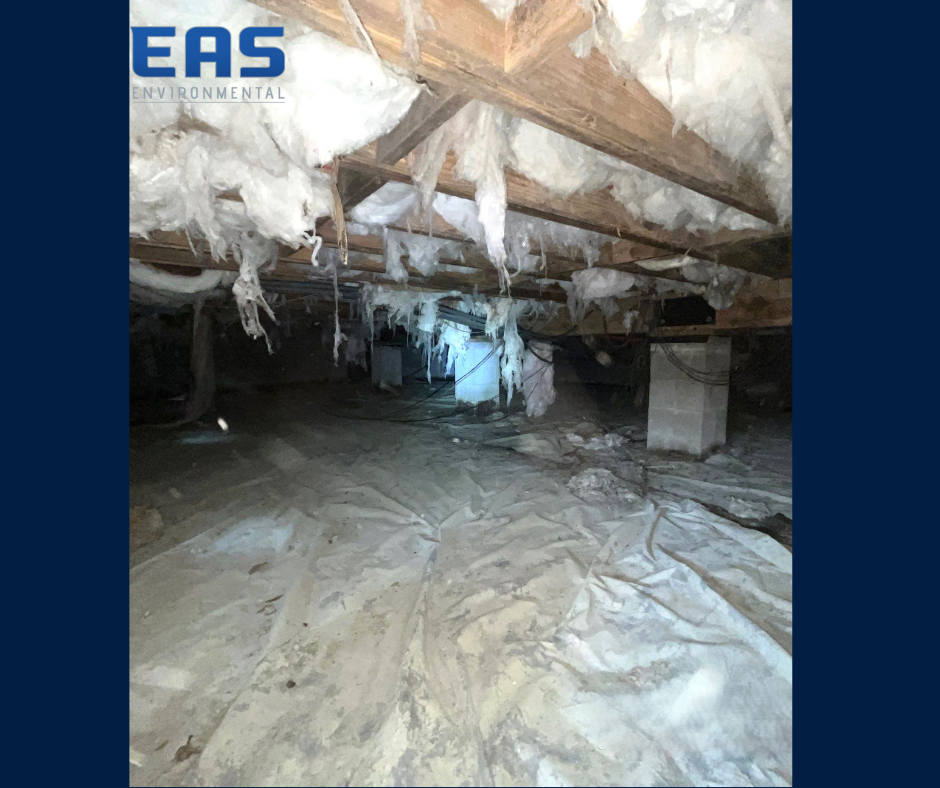
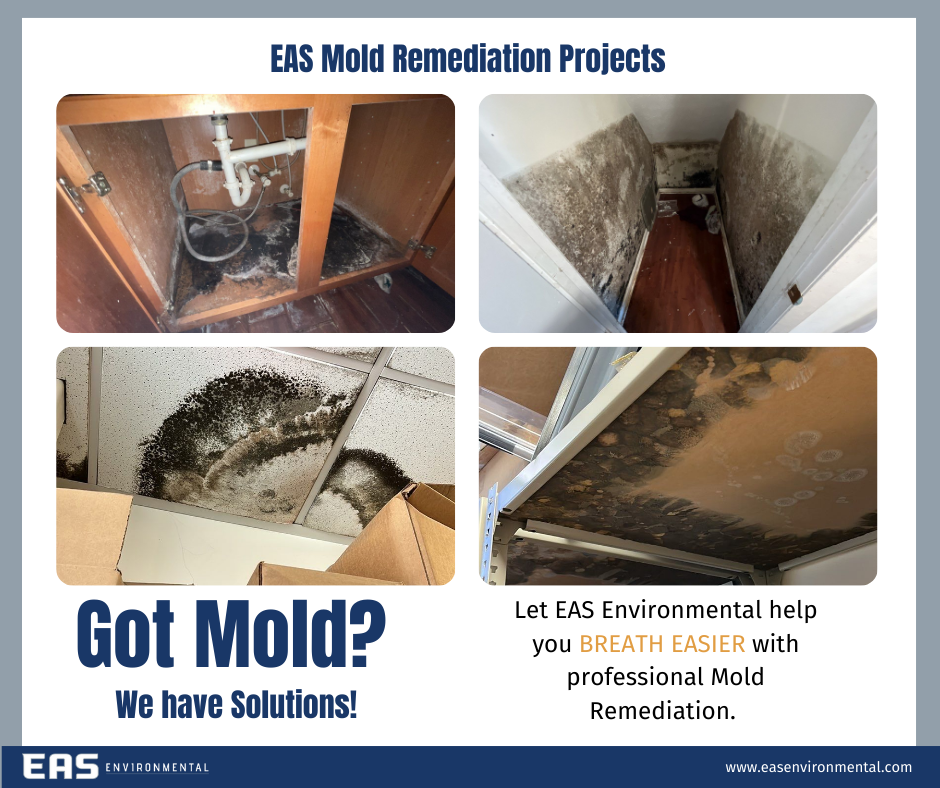
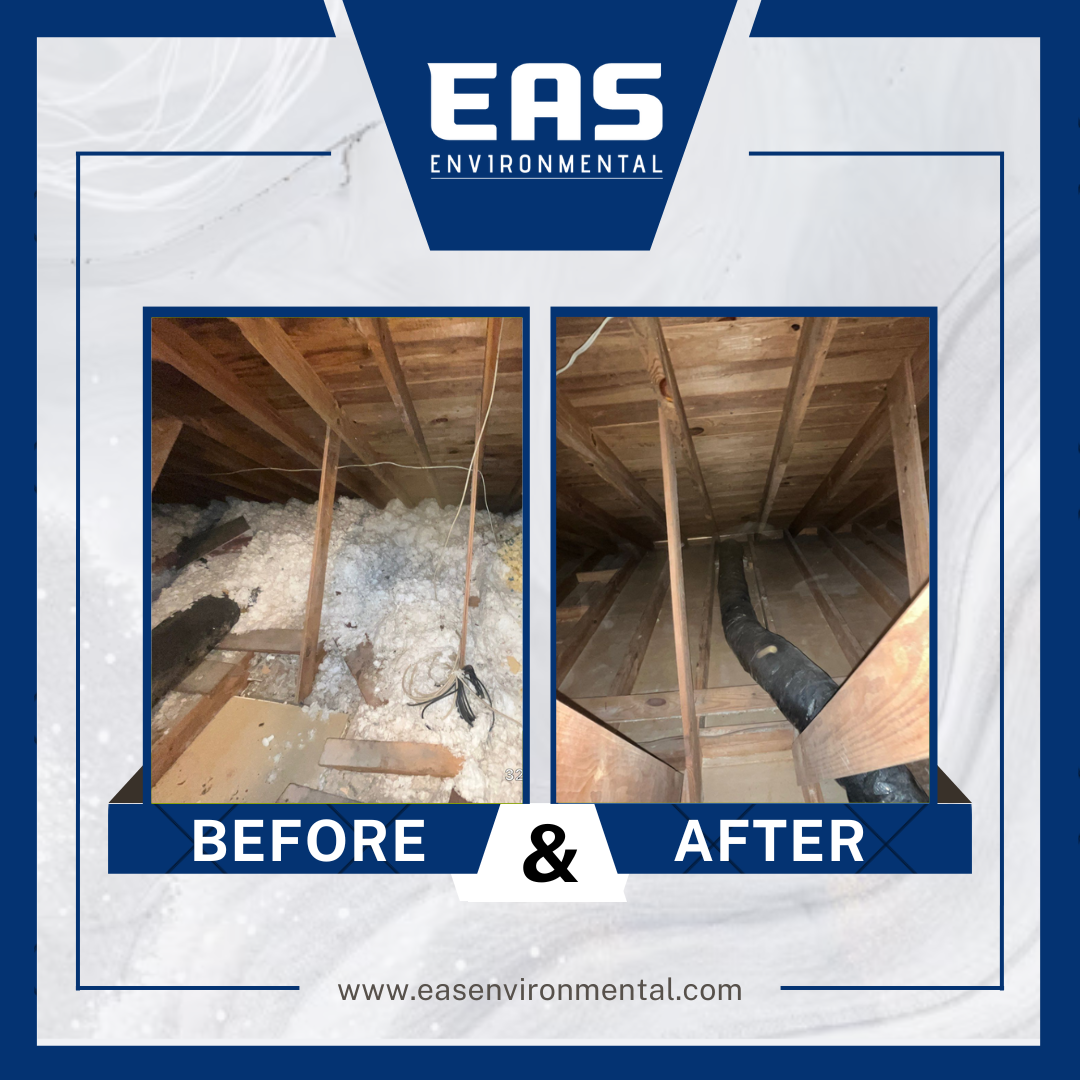
Got a Question? We’re Here to Help.
You can arrange an appointment or make an enquiry by phone or email, orget in touch to us via our contact form.

